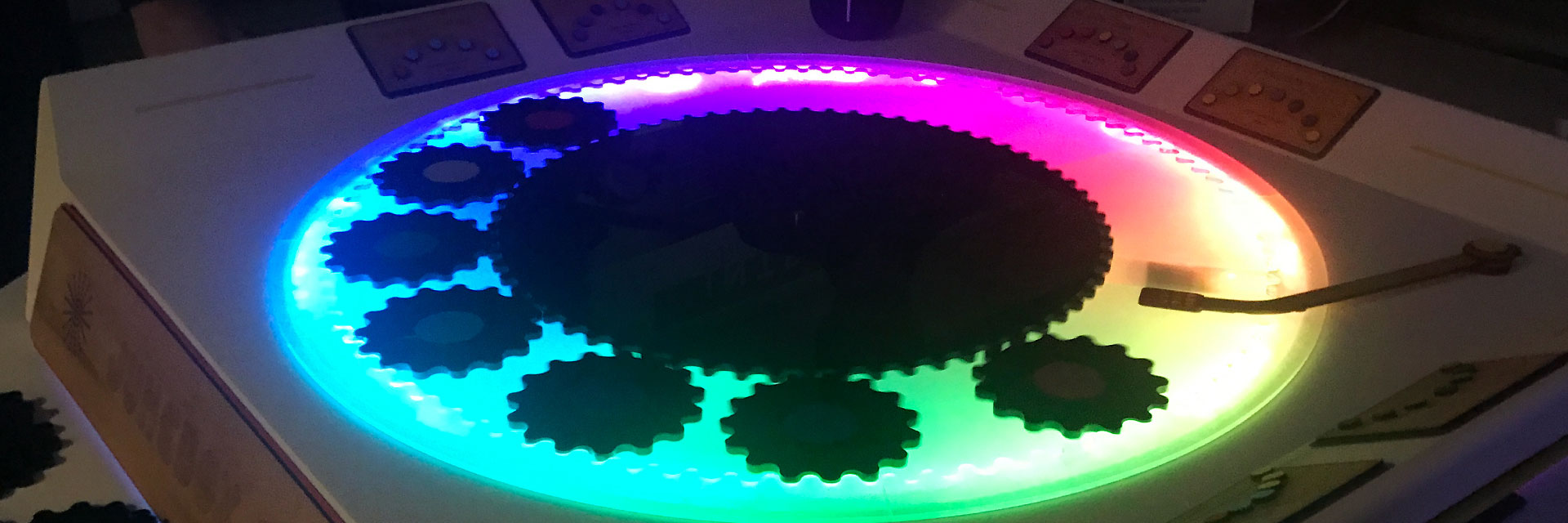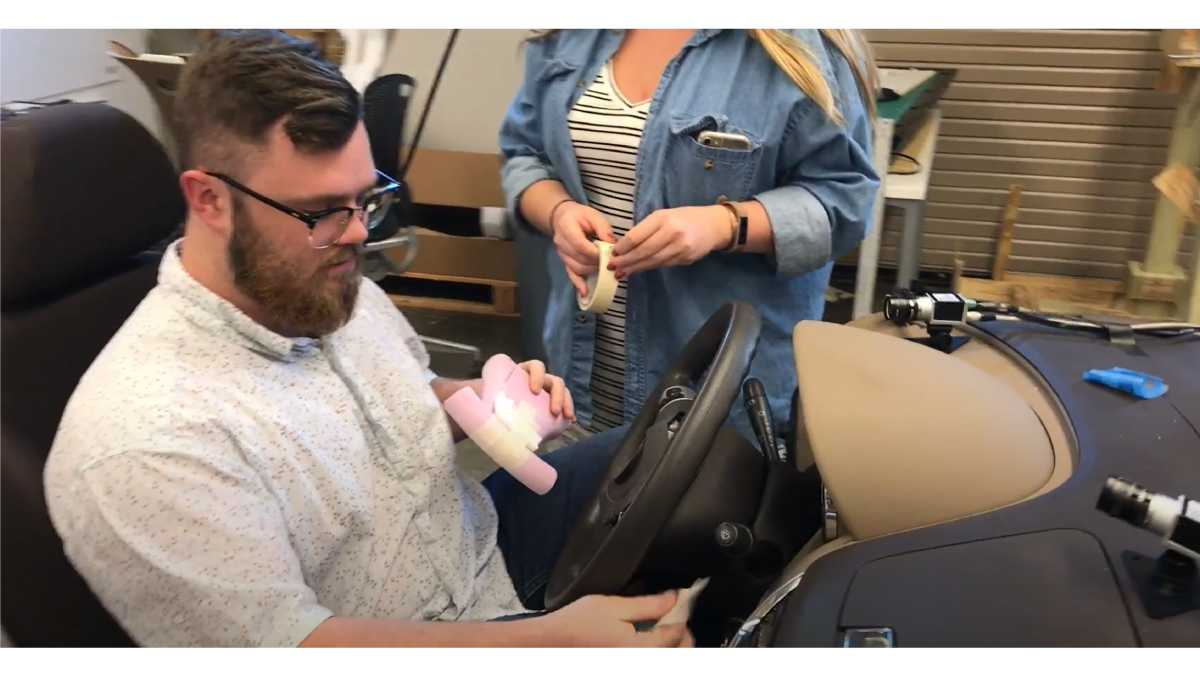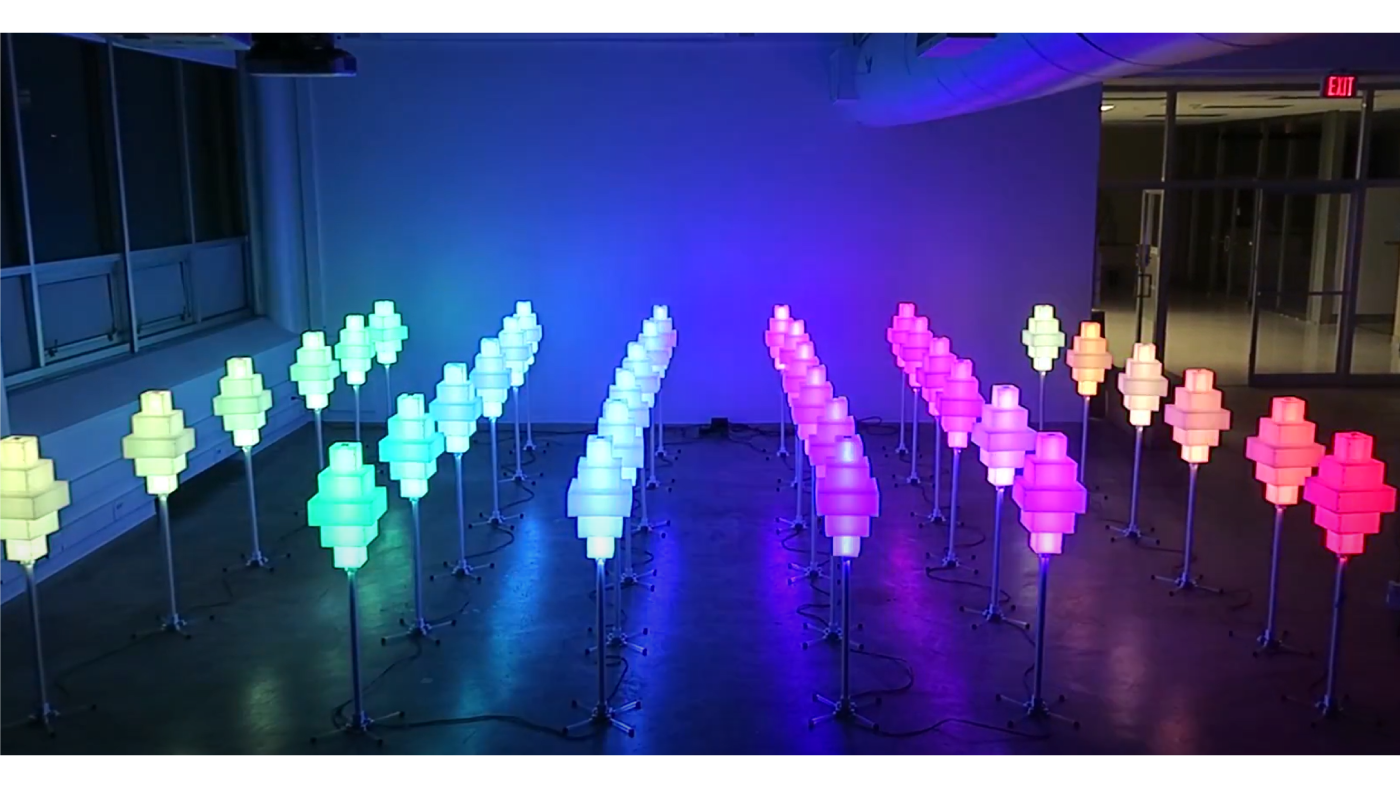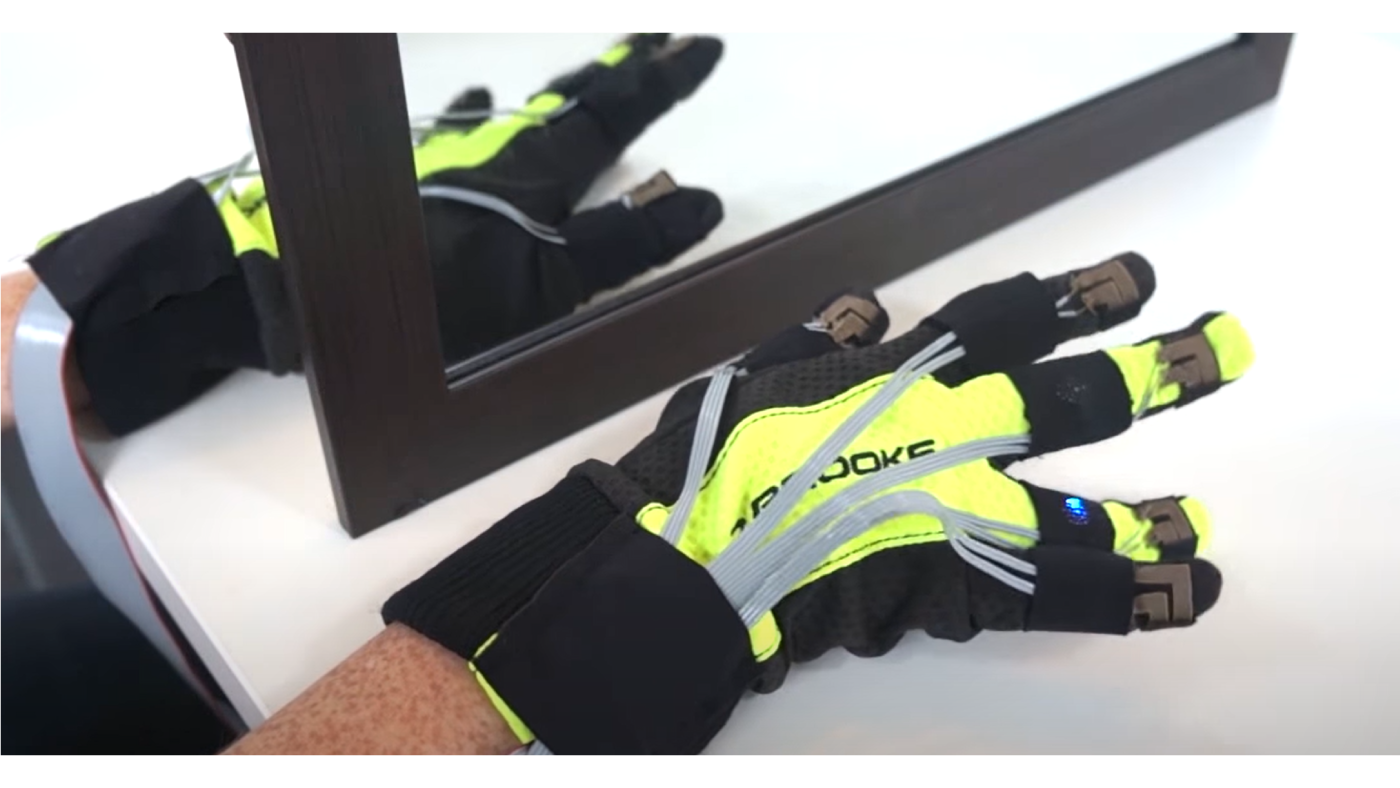
Interactive Product Design Lab
Starting with consumer electronics, user experience, and interaction design, we teach interactive technologies to our students. Most important, we focus on ways to shape a set of playful tools and create engaging environments.
Central to this concept, the School of Industrial Design has placed a high priority on the need to foster and develop interdisciplinary team-based collaboration with other educational and research units across campus, including the School of Interactive Computing, the School of Mechanical Engineering, the Graphics Visualization and Usability (GVU) Lab, and the Center for Inclusive Design and Innovation (CIDI).



